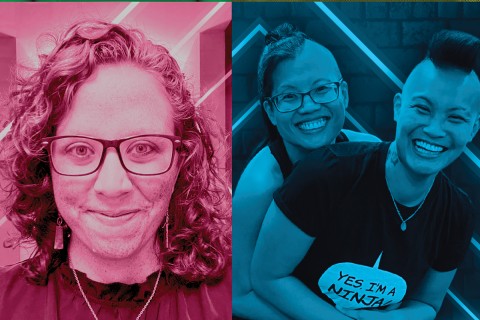Roots and vegetables: Local food
As Bill McKibben explains in this issue, people love the Tuscany region of Italy because of its comprehensibility. From a hilltop you can see vineyards and olive groves in their entirety, and you can trace the course of rivers. And you can see where much of your food comes from.
Much of the food we eat in the U.S. travels thousands of miles and has been processed or irradiated along the way. This past summer a friend handed me a dog-eared copy of Michael Pollan’s The Omnivore’s Dilemma. My friend and his wife had recently moved from the city to a small farm in southwest Michigan to try their hand at raising a miniature breed of cattle. When I asked him what prompted them to do something so courageous, he cited several reasons and then pointed to Pollan’s book. “This is what did it.”
I loved the book. Pollan traces the history of human eating and concludes that Americans, buffeted by food and dietary fads, show signs of a national eating disorder. He explains how decisions the federal government made years ago transformed corn growing into an agribusiness that produces corn so cheaply that it ends up, in one form or another, in most of the food we eat. And of course corn is also used to fatten beef cattle, even though their digestive systems are designed to digest grass. In the American food system, one-third of U.S. children eat a daily meal at a fast-food restaurant. And we are growing dangerously obese.
Pollan writes about the joy and environmental sanity of eating food that is grown and produced locally, without infusions of chemicals or fructose (corn syrup). For the first time in my life I’m now taking the time to read the labels in the grocery store.
There is no overt theology in Pollan’s book and only passing references to religious food rituals. But Pollan expresses an almost sacramental awareness that the world, including the food we eat, is a gift for which the only appropriate response is gratitude.
My father, who worked as an engineer for the Pennsylvania Railroad, was a gardener, and I delighted in walking through his vegetable gardens with a saltshaker in hand, pulling off a ripe tomato and eating it on the spot. Without thinking much about it I have always found a way to have some kind of garden—beside an alley in Chicago’s Hyde Park, in backyards in Indiana and Ohio, and still today, in Michigan and in an urban garden sponsored by the church I serve. McKibben and Pollan have helped me understand that I need to plant something, need to kneel with my hands in the earth and need to eat something I have grown—even if it is just one ripe tomato—in order to be at home.





